Rubber Ramps: A Game-Changer for Wheelchair Users
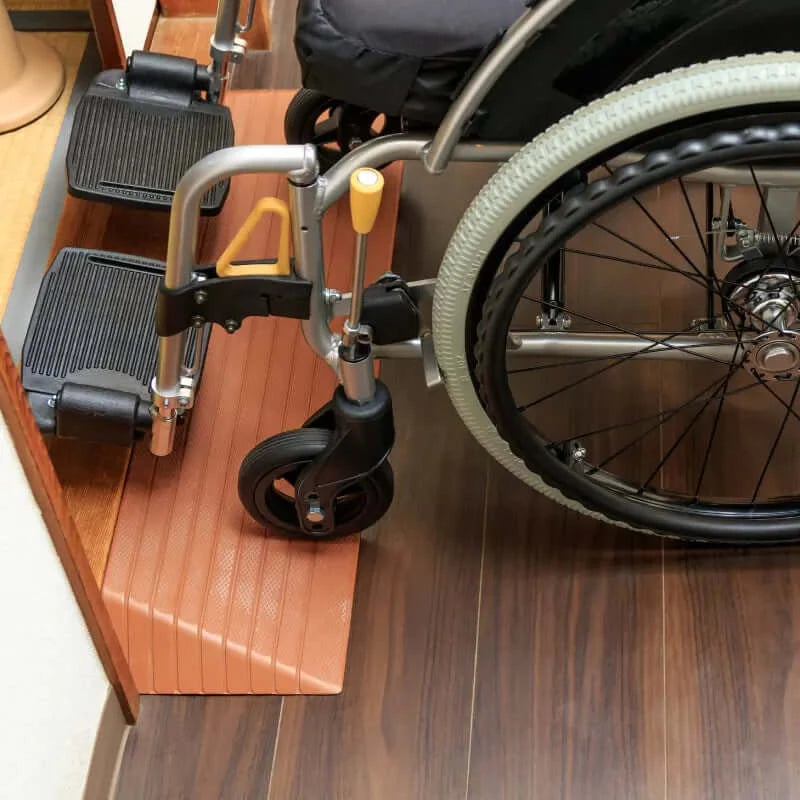
Understanding the Need for Accessibility
Accessibility is more than a buzzword; it's a lifeline for individuals with mobility challenges. For wheelchair users, obstacles like stairs or uneven surfaces can become major barriers without proper infrastructure in place. Installing ramps for wheelchairs is one of the most effective ways to promote accessibility. Rubber threshold ramps, in particular, are essential for bridging gaps between spaces that cater to the able-bodied and those designed for individuals in wheelchairs.
Imagine navigating a world where every curb or step seems like an insurmountable mountain. Without disabled ramps for wheelchairs, many people are confined to limited spaces, curtailing their freedom and independence. Wheelchair ramps—whether made from rubber, aluminum, or wood—allow everyone, regardless of ability, to access both public and private areas with ease. These ramp solutions are vital for fostering inclusivity and enabling seamless transitions between spaces.
Beyond merely following ADA ramp regulations, installing disability ramps for homes or public facilities signifies a commitment to equal opportunity. When we create pathways that cater to all, including handicap ramps for wheelchairs, we reinforce the importance of accessibility and empowerment for everyone.
Features and Benefits of Rubber Ramps
Rubber ramps stand out for their versatility and ability to meet a range of accessibility needs. Whether used as a temporary wheelchair ramp for an event or as a permanent solution in a home, rubber ramps provide flexibility without compromising durability. Their weather-resistant properties ensure these ramps for homes can withstand outdoor conditions, making them a reliable choice for both indoor and outdoor use.
A key feature of rubber ramps is their non-slip surface, offering essential traction for wheelchair users and those with mobility aids. This feature is critical in preventing accidents and ensuring safe navigation. Additionally, the ease of installation and removal makes temporary handicap ramps a practical solution for those needing moveable wheelchair ramps.
Rubber ramps also contribute to the visual appeal of spaces, seamlessly blending with various environments. Whether installed as a door ramp for wheelchairs or as a threshold ramp, they offer an unobtrusive solution that prioritizes both function and aesthetics. Their low-maintenance nature also makes rubber ramps a cost-effective option, requiring minimal upkeep compared to other materials like wood or metal.
By investing in ramps for steps, whether they are portable wheelchair ramps for stairs or modular ramps, we take a step toward inclusivity. These mobility aids ensure that individuals can move freely and with dignity, without being hindered by barriers that once seemed insurmountable.
Choosing the Right Type of Ramp
Selecting the right ramp for specific needs is critical for ensuring optimal accessibility. Factors like slope gradient, length, and weight capacity play significant roles in choosing between options like portable wheelchair ramps for steps, aluminum handicap ramps, or modular ramps. For example, threshold ramps are ideal for small height transitions at doorways, while portable ramps for steps provide temporary solutions for access over stairs.
When considering wheelchair ramps for homes, it’s crucial to assess the available space and choose a ramp that complies with local building codes. Aluminum disability ramps, known for their strength and lightweight structure, are great for permanent installations, while rubber ramps can be easily installed in more temporary settings. Consulting with an expert on accessibility ramps ensures the chosen ramp meets both practical needs and safety standards.
User safety is paramount. Features like surface texture, the inclusion of handrails for wheelchair ramps, and ease of navigation are vital in creating a user-friendly environment. By aligning ramp features with user needs, we guarantee accessibility for everyone, whether they require a small handicap ramp or a more substantial wheelchair ramp for porch access.
Installation and Maintenance Tips
Proper installation is key to ensuring the longevity and safety of wheelchair ramps. Following manufacturer instructions for securing ramps and maintaining the correct slope ensures that both temporary wheelchair ramps and permanent fixtures function effectively. This is especially important for portable ramps, such as portable handicap ramps for stairs, which must be securely anchored to prevent accidents.
Routine maintenance helps extend the lifespan of wheelchair ramps. Regularly inspecting rubber ramps for wear, keeping the surface clean, and addressing any issues quickly helps maintain their functionality. Folding ramps or threshold ramps require particularly little upkeep, yet it’s essential to check them periodically for maximum safety.
Educating users and staff about the correct use of wheelchair ramps for steps can also prevent misuse and damage. Encouraging people to report any issues with the ramps for access helps create a culture of safety and responsibility, ensuring that everyone can navigate spaces with ease.
Enhancing Independence with Rubber Ramps
Ramps for disabled people—especially those made from durable, non-slip materials like rubber—enhance more than just mobility. They empower individuals, fostering a sense of independence that goes beyond simply moving from one point to another. Installing wheelchair ramps for automobiles or homes, for instance, allows people to engage fully with the world around them. Independence isn’t just about physical movement; it’s about providing equal access to participate fully in society. Rubber ramps are a symbol of this progress, breaking down barriers both physical and societal. As we embrace these accessibility solutions, we build a world where inclusion is the norm, not the exception.
Each time a handicap ramp for stairs is installed, or a ramp for wheelchair for home is built, we take one more step toward a society where everyone has the opportunity to thrive. Wheelchair ramps, in all their forms, remind us that with the right tools, no barrier is too great, and no space is out of reach.
Let Us Know What You Think!
Your thoughts and questions are incredibly valuable to us, and we'd love to hear from you. If you have additional insights to share, your comments can spark meaningful discussions and enhance the collective knowledge of our community. Don't hesitate to ask any questions you may have; our team is here to provide answers and engage with you. So, please, take a moment to leave a comment or question below. Your input is much appreciated!



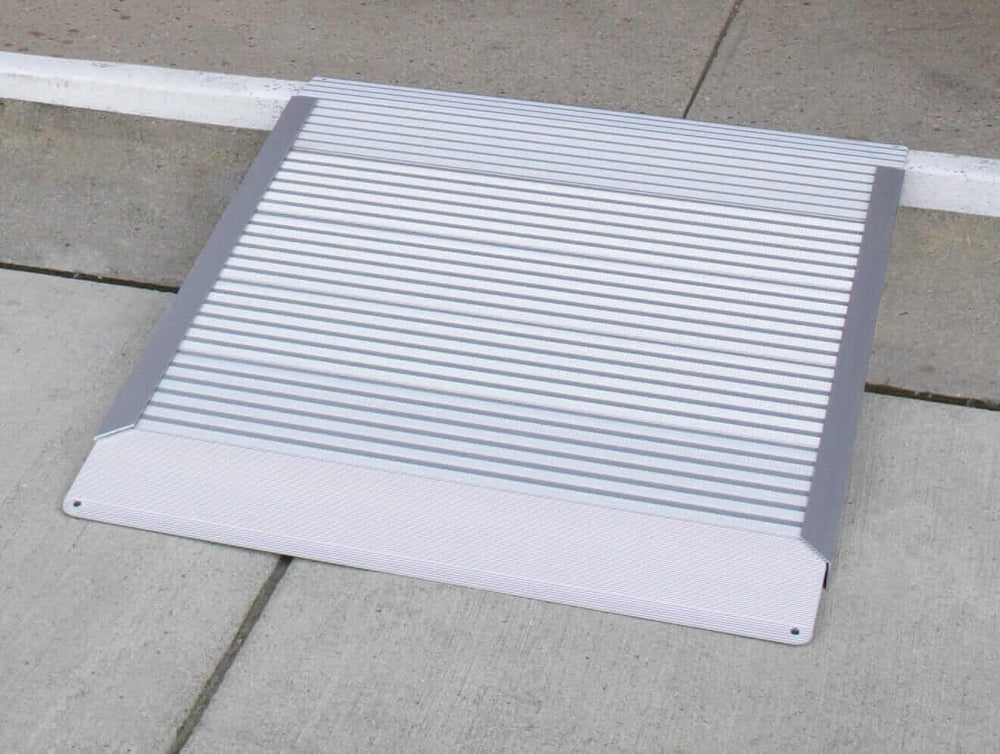

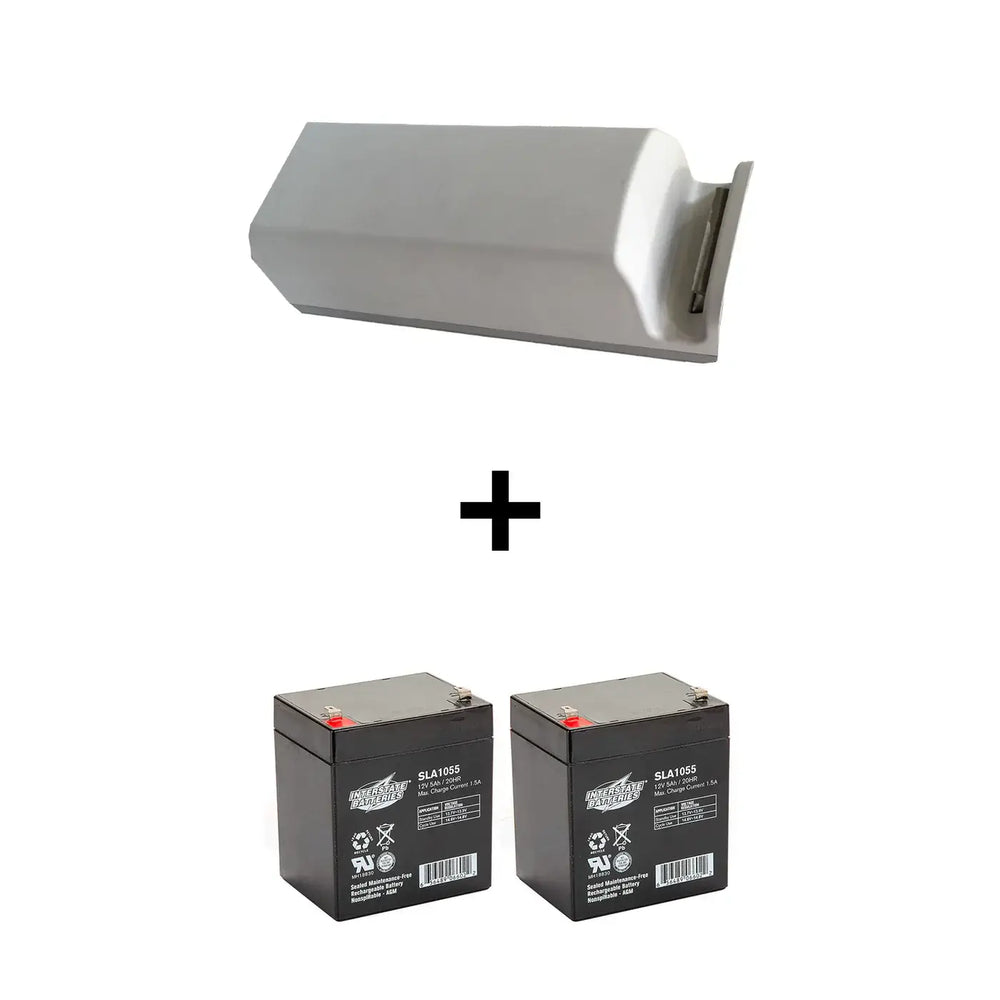

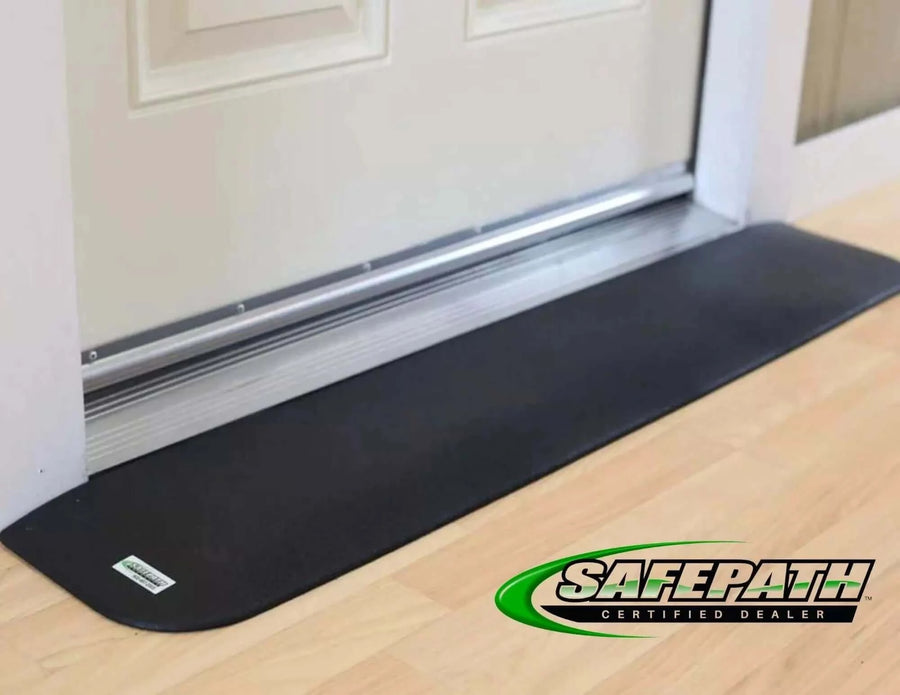
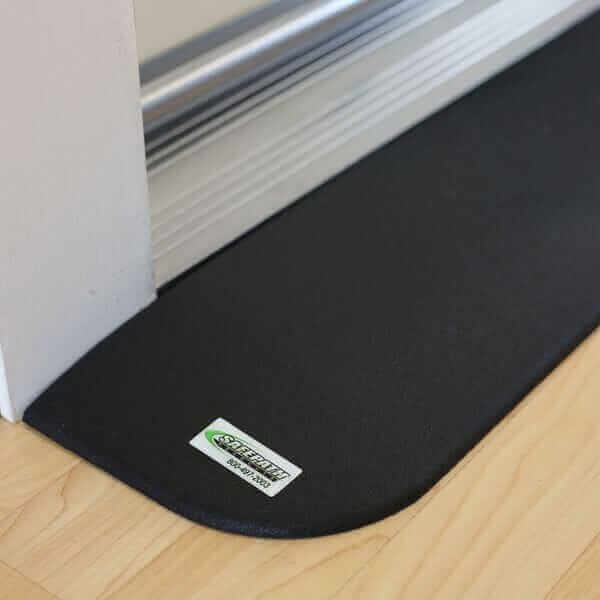
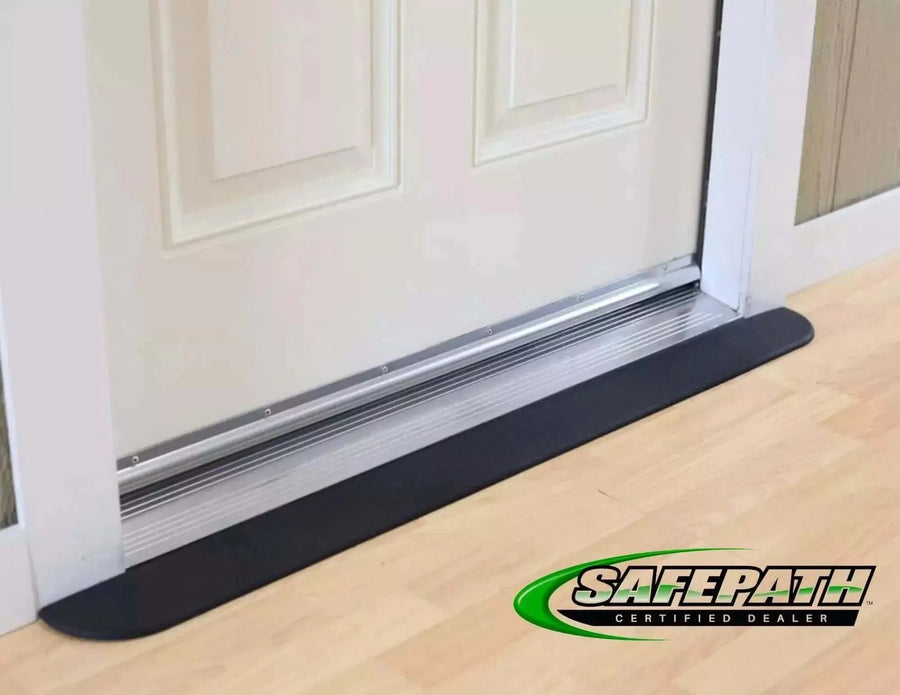

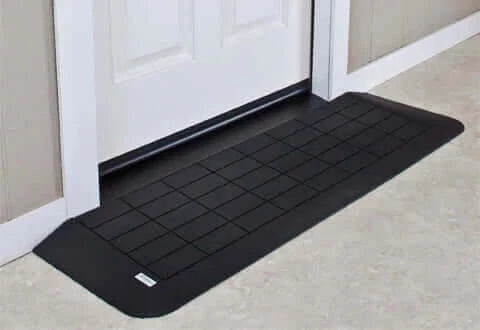
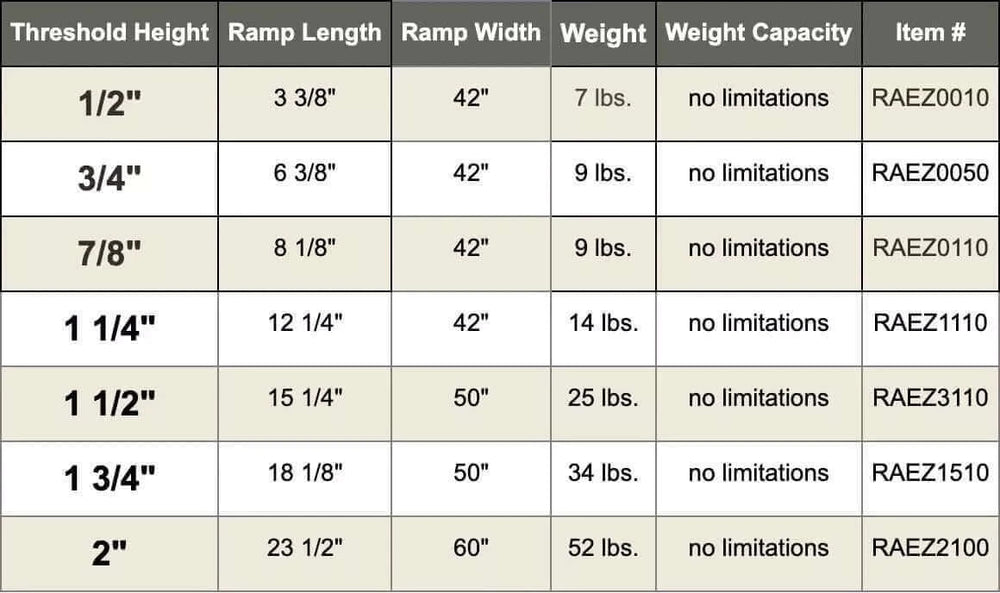
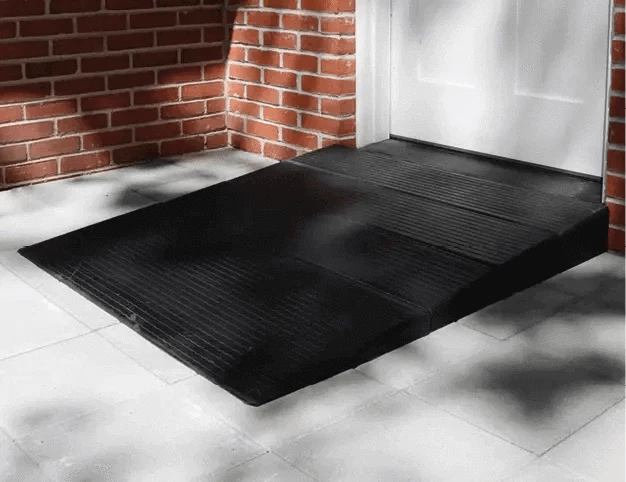
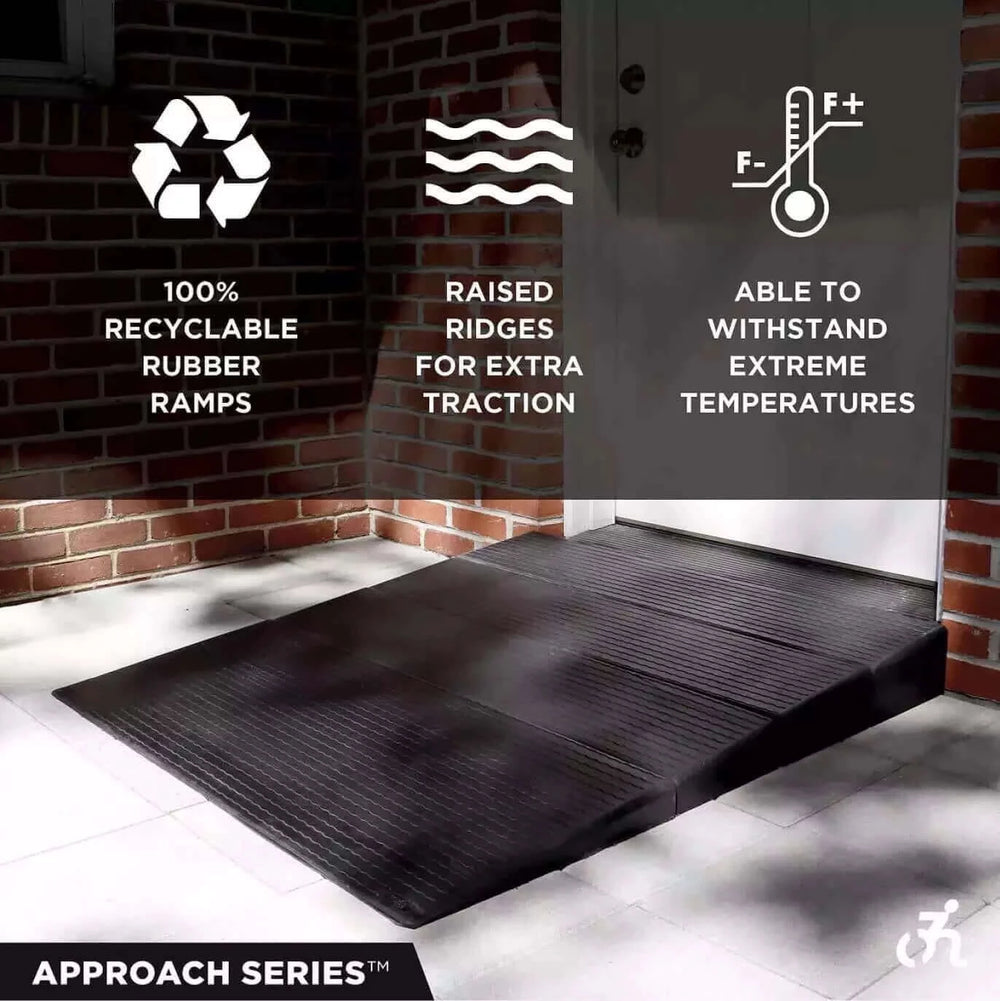
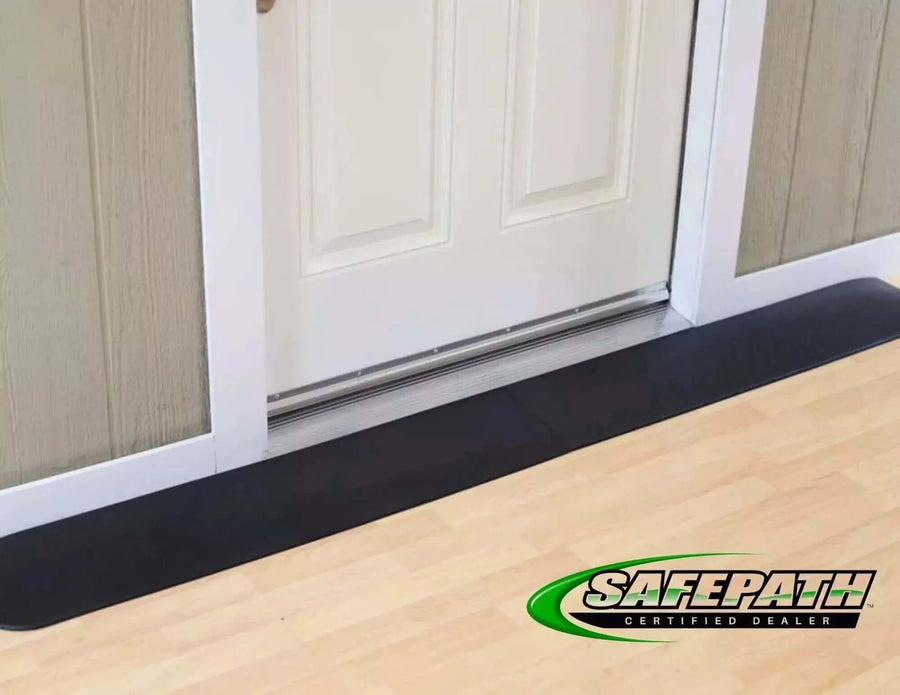

Leave a comment